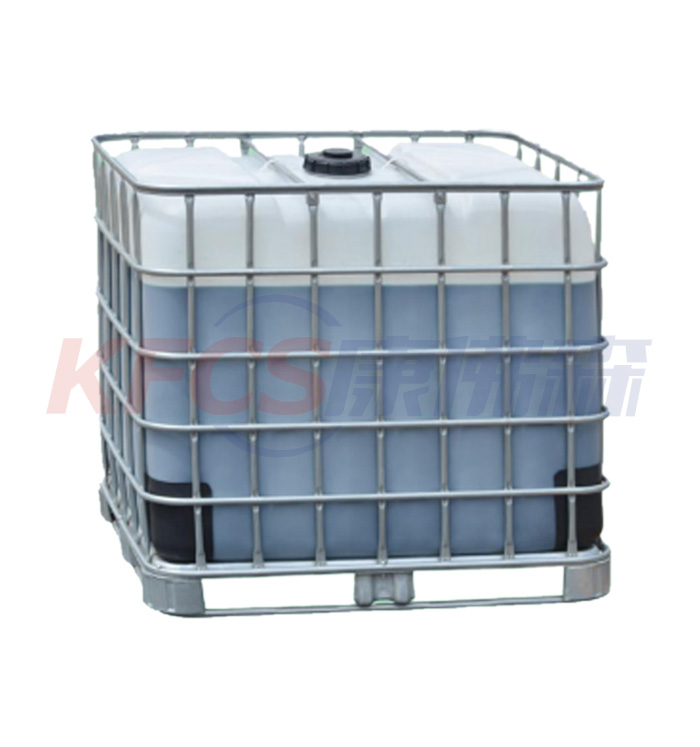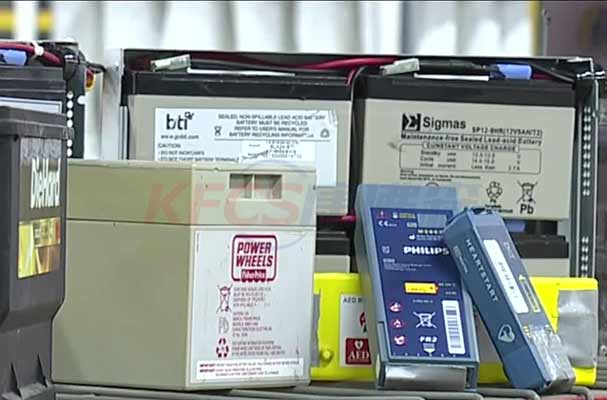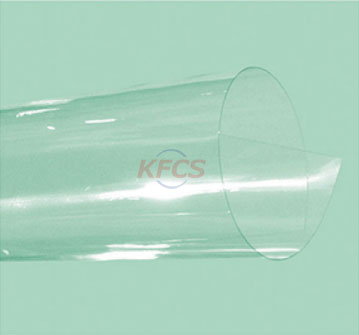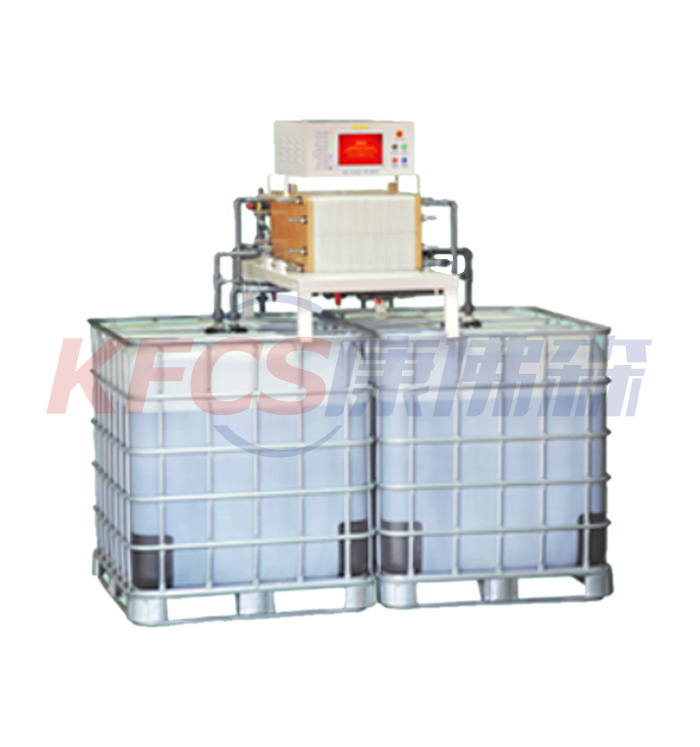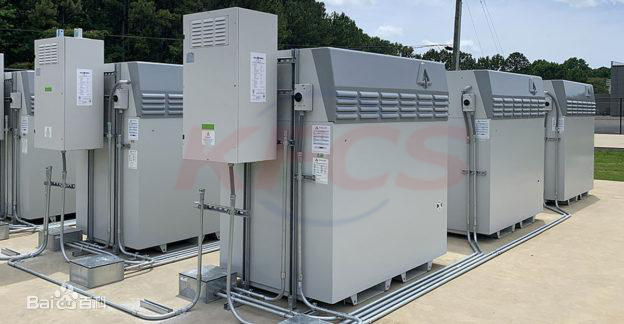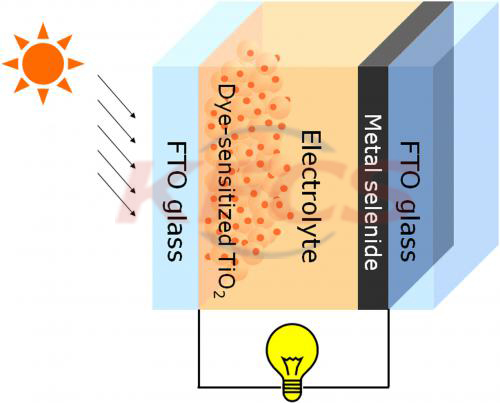Power Battery Recovery
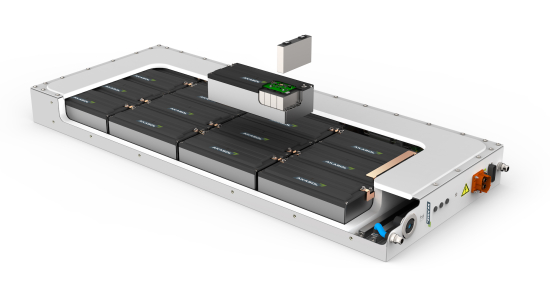
Battery secondary use
Battery secondary use (battery cascade utilization). It means that when the power battery no longer meets the requirements for the use of electric vehicles, it turns to the fields with low requirements on the performance of the battery pack (such as standby power supply, energy storage power station, etc.) to continue to exert the remaining value of the battery pack to realize the maximum value.
Similarly, Secondary utilization power battery also involves battery detection and diagnosis, battery pack disassembly and reorganization, system integration, and the construction of a new battery management system.
However, at present, because different manufacturers use different specifications of cells and modules, different Pack technologies and even incompatible and closed battery management systems, it is a great obstacle to the classification, reorganization and integration of battery reuse. Therefore, efficient automatic dismantling, rapid selection and classification of modules, advanced BMS management system are the key technologies for reuse.
About News
- The Smart Battery Management System
- 350MW/1750MWh! Penso power plans to deploy a large-scale battery energy storage project in the UK with approval
- Skon, a Korean power battery manufacturer, will build a lithium battery recycling plant this year
- Components of vanadium battery system
- New South Wales plans to deploy 700MW/1400MWh battery energy storage projects
- Application of Vanadium redox flow battery
- The world's largest 100MW all-vanadium redox flow battery energy storage and peak-shaving power station has entered the single module commissioning stage
- Scientists develop ultrathin supercapacitors that retain strength after bending
- Korean liquefied petroleum gas company enters the rapid charging market of all vanadium flow battery
- Tiny battery-free sensing device floats with the wind
Products



